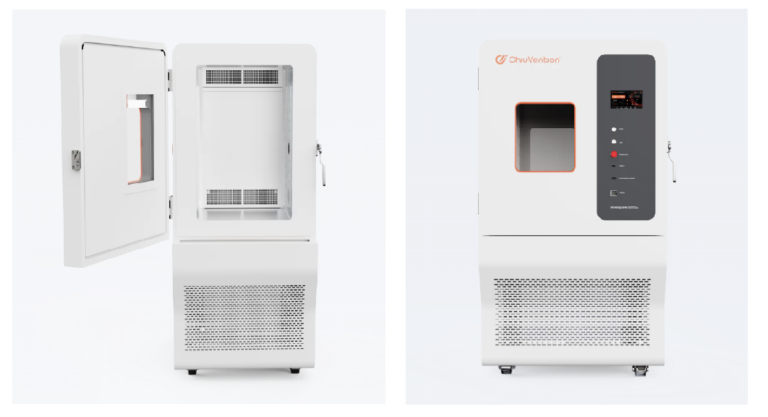In today’s world, where the testing of materials, products, and technologies has become more advanced and precise, the Temperature & Humidity Chamber has gained significant importance. It serves as a crucial tool in evaluating how different items perform under varying environmental conditions. These chambers replicate extreme temperature and humidity variations, providing a controlled environment for testing that is vital for industries ranging from manufacturing to electronics, pharmaceuticals, and even fashion. This essay explores the role of Temperature and Humidity Chambers, their significance in research, and their diverse applications in various sectors.
A Temperature and Humidity Chamber, also known as an environmental testing chamber, is a device designed to simulate a wide range of temperature and humidity conditions. By precisely controlling the internal environment, these chambers allow researchers to assess the durability, performance, and quality of various materials and products. The chamber’s ability to replicate real-world environmental conditions, such as extreme heat, cold, high humidity, or dryness, is essential for understanding how products react to these factors over time.
One of the key advantages of Temperature and Humidity Chambers is their role in ensuring product reliability and safety. In industries such as electronics, products are frequently subjected to different temperature and humidity extremes during both their use and storage. For example, smartphones, batteries, and circuit boards must be tested to ensure they will function properly in different climates, whether it’s the intense heat of a desert or the moisture-laden air of a coastal area. A Temperature and Humidity Chamber enables manufacturers to simulate these conditions and identify potential weaknesses in their products before they are released to consumers.
In the automotive industry, Temperature and Humidity Chambers play a critical role in Textile Testing Machine-TESTEX the performance of materials used in car manufacturing. Components such as seals, dashboards, and engine parts need to withstand a wide range of temperatures and humidity levels. By subjecting these materials to controlled environmental conditions, manufacturers can predict how their products will react under real-life exposure, thus preventing costly defects and ensuring that their vehicles perform reliably in diverse climates.
The pharmaceutical industry also benefits significantly from Temperature and Humidity Chambers. Many medications, particularly those in liquid or semi-solid forms, are highly sensitive to temperature and humidity changes. These chambers are used to conduct stability tests, ensuring that drugs maintain their efficacy and safety over time, even when stored in varying environmental conditions. Moreover, the chambers help simulate the conditions products will face during transportation, ensuring that medicines do not lose their effectiveness or pose risks to patient safety during shipping.
In addition to industrial uses, Temperature and Humidity Chambers are increasingly relevant in fields such as textiles and fashion. The clothing industry, for example, is deeply concerned with the effects of different environmental conditions on fabric durability, color fastness, and overall quality. Designers and manufacturers use these chambers to test how fabrics respond to heat, moisture, and other environmental factors. This testing is especially important for items like outdoor clothing, which must be durable and resistant to extreme weather conditions. By using a Temperature and Humidity Chamber, companies can ensure that their garments will perform as expected in real-world environments.
Furthermore, in research and development, Temperature and Humidity Chambers enable scientists to explore new materials and technologies. Innovations in fields like renewable energy, construction materials, and even food packaging can benefit from the ability to simulate environmental stressors. Researchers can study how these materials behave when subjected to extreme temperatures and humidity, paving the way for new breakthroughs that meet the demands of an ever-changing world.
In conclusion, the Temperature and Humidity Chamber is an indispensable tool in modern testing. Its ability to replicate a broad spectrum of environmental conditions allows manufacturers, researchers, and industries to test products rigorously, ensuring reliability, safety, and efficiency. From electronics and pharmaceuticals to automotive and fashion, these chambers provide essential insights that drive innovation and quality control. As the need for precision and performance grows across industries, the role of the Temperature and Humidity Chamber will continue to be vital in helping companies create products that can withstand the challenges of a dynamic and unpredictable world.
For more information on textile testing methods/standards
or textile testing machines, contact us:
What’s App: +86 180 2511 4082
Tel: +86 769 2329 4842
Fax: +86 769 2329 4860
Email: [email protected] [email protected]


